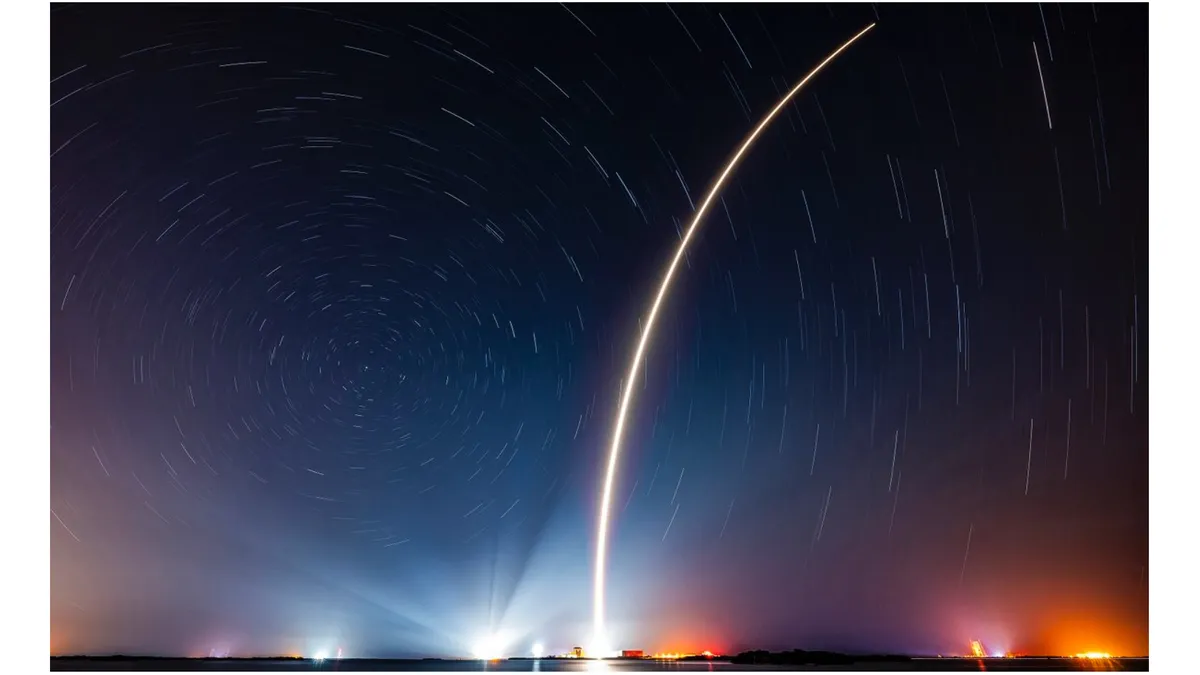
SpaceX achieved a significant milestone on the night of April 27, 2025, with the successful launch of its Falcon 9 rocket. This mission, which took place at 10:09 p.m. EDT (or 02:09 GMT on April 28), saw the rocket carrying a total of 23 Starlink broadband satellites, including 13 equipped with revolutionary direct-to-cell capability. The launch originated from the Cape Canaveral Space Force Station in Florida, underlining SpaceX's continued commitment to expanding its satellite internet services.
Just eight minutes post-launch, the first stage of the Falcon 9 rocket made a spectacular return to Earth, achieving a vertical touchdown as planned. This successful landing occurred on the SpaceX drone ship, Just Read the Instructions, which was positioned in the Atlantic Ocean. Notably, this mission marked the 20th successful liftoff and landing for this specific booster, with 13 of those flights dedicated to Starlink missions, as highlighted in the SpaceX mission description.
The Falcon 9's upper stage also performed flawlessly, deploying all 23 Starlink satellites into low Earth orbit (LEO) approximately one hour after launch. SpaceX confirmed this deployment through an update on their social media platform, X. This recent launch represents a critical step in enhancing the capabilities of the Starlink network, which is rapidly expanding to provide global internet coverage.
Sunday night's launch not only marked the 48th Falcon 9 flight of 2025 but was also the 31st mission specifically aimed at expanding the Starlink megaconstellation. Currently, the Starlink network boasts over 7,200 operational satellites, continuously growing to meet the increasing demand for high-speed internet services worldwide.
As SpaceX looks to the future, the ongoing development of the Starlink network is set to revolutionize internet accessibility, particularly in underserved regions. This mission underscores SpaceX's pivotal role in advancing satellite technology and its commitment to providing global connectivity.